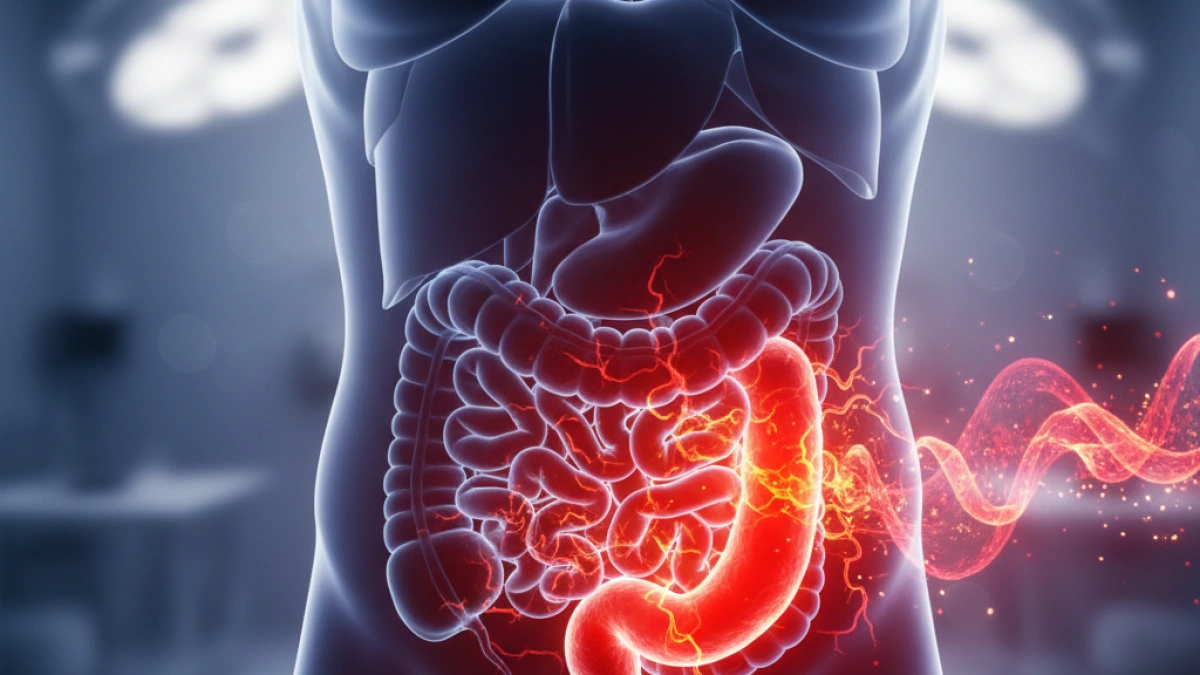Essential guide on appendicitis and its treatment

Appendicitis is an inflammation of the appendix, a small organ that is part of the digestive system. It is one of the most common conditions that require emergency surgery. In this article, we will provide you with valuable information about what it is, what its symptoms are, and how it is treated, so you can be better prepared if you ever face this situation.
What is appendicitis?
Appendicitis occurs when the appendix becomes inflamed, which can result from an obstruction, infections, or even tumors. Its location is in the lower right abdomen. Although it is not fully understood why it occurs, it is recognized as a medical emergency due to the risk of the appendix perforating.
Symptoms of appendicitis
Symptoms may vary from person to person, but the most common include:
- Abdominal pain: It usually begins around the belly button and moves to the right side of the abdomen. The pain tends to intensify over time.
- Fever: A slight increase in body temperature may be an indicator of inflammation.
- Nausea and vomiting: Many people with appendicitis experience stomach discomfort.
- Loss of appetite: A common symptom is a lack of desire to eat.
- Constipation or diarrhea: These bowel problems may accompany appendicitis.
It is important to seek immediate medical attention if these symptoms arise, as early diagnosis is crucial to avoid complications.
Diagnosis of appendicitis
To diagnose appendicitis, the doctor may perform a series of examinations. These include:
- Physical examination: To check for tenderness and pain in the abdomen.
- Blood tests: A sample can help identify signs of infection.
- Diagnostic imaging: Ultrasounds or computed tomography scans may be used to visualize the appendix and confirm inflammation.
Treatment of appendicitis
The most common treatment for appendicitis is an appendectomy, which involves surgically removing the appendix. This procedure can be performed in two ways:
Open appendectomy
This involves making an incision in the abdomen to access and remove the appendix.
Read also
Laparoscopic appendectomy
This is a less invasive technique where several small incisions are made and a camera is used to guide the surgery. This method often allows for quicker recovery and less postoperative pain.
In some cases, especially if the appendicitis is mild or if the diagnosis is made late, the doctor may opt for conservative treatment with antibiotics. However, if there is a risk of perforation or abscess, surgery is necessary.
Recovery after treatment
Recovery from an appendectomy generally takes between one to two weeks. During this time, it is normal to experience some pain and discomfort, but it is important to follow the doctor's guidelines regarding diet and physical activities.
People who undergo laparoscopic appendectomy usually experience a faster recovery and fewer complications than those who undergo open surgery.
Conclusion
Appendicitis is a condition that requires urgent medical attention. Recognizing its symptoms and consulting a healthcare professional can make a difference in recovery. If you would like to learn more and stay informed about health and wellness topics, I invite you to keep reading more news on my blog.











































